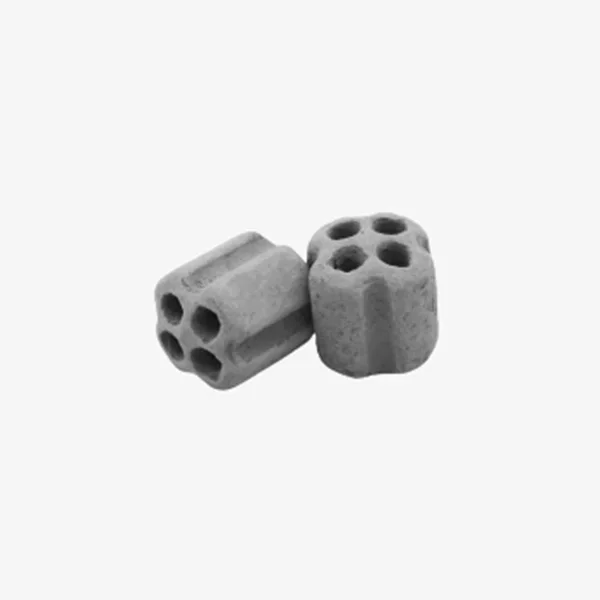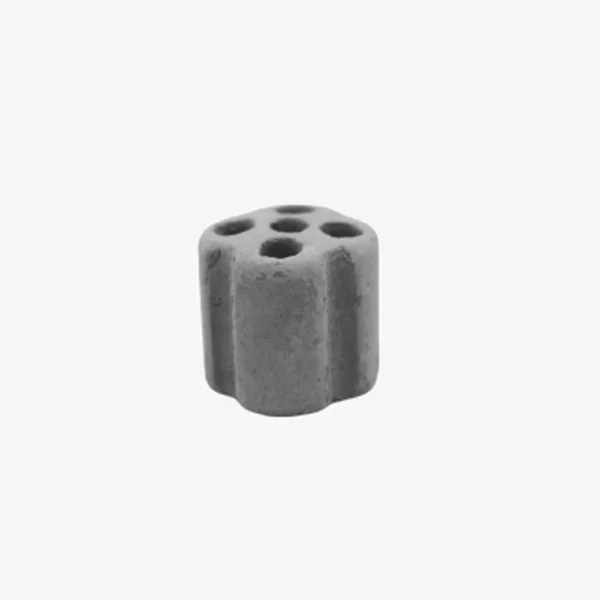Steam reforming is a widely used process in the industrial sector for the production of hydrogen and synthesis gas (syngas). The efficiency of this process heavily relies on the catalyst used. In this blog, we will explore the ways to optimize the utilization of steam reforming catalysts in industrial settings, ensuring maximum productivity and cost-effectiveness.
I. Importance of Catalyst Optimization
A. Enhancing Reaction Efficiency
Steam reforming catalysts play a crucial role in facilitating the chemical reactions involved in the process. By optimizing the catalyst, reaction efficiency can be significantly improved, leading to higher yields of desired products.
B. Reducing Energy Consumption
An optimized catalyst allows for lower operating temperatures, reducing energy consumption during the steam reforming process. This not only contributes to cost savings but also minimizes environmental impact.
C. Increasing Catalyst Lifespan
Proper optimization helps prevent catalyst deactivation, enabling longer lifespan and reduced maintenance costs. This is particularly important in continuous industrial operations where catalyst replacement can be time-consuming and expensive.

II. Factors Affecting Catalyst Optimization
A. Catalyst Composition
Choosing the right catalyst composition tailored to specific feedstocks and operating conditions is crucial. Factors such as metal loading, promoter addition, and support material greatly influence catalyst performance.
B. Catalyst Structure
The physical structure of the catalyst, including particle size, surface area, and pore structure, affects reactant diffusion and catalytic activity. Optimizing these structural properties can enhance catalyst performance.
C. Operating Conditions
Optimizing operating conditions, such as temperature, pressure, steam-to-carbon ratio, and gas hourly space velocity (GHSV), is essential to achieve the best catalyst performance. These parameters should be carefully adjusted to balance reaction rates, selectivity, and catalyst stability.
III. Techniques for Catalyst Optimization
A. Catalyst Pretreatment
Proper pretreatment of catalysts before use, such as reduction and activation, removes impurities and optimizes active sites, increasing catalytic activity and selectivity.
B. Catalyst Regeneration
Over time, catalysts can lose their activity due to fouling or deactivation. Regeneration techniques, including high-temperature calcination, steam stripping, and chemical cleaning, help restore catalyst performance and extend its lifespan.
C. Catalyst Modification
Catalyst modification involves adding promoters or modifiers to enhance specific properties. For example, doping with rare-earth metals can improve catalyst stability, while surface modifiers can promote desirable reactions and suppress side reactions.

IV. Advanced Technologies for Catalyst Optimization
A. Catalyst Design through Computational Modeling
Computational modeling tools allow for the prediction and optimization of catalyst performance by simulating reaction mechanisms and identifying key kinetic parameters. This approach facilitates the rational design of catalysts for improved performance.
B. In-situ and Operando Characterization Techniques
Advanced analytical techniques, such as X-ray diffraction (XRD), X-ray photoelectron spectroscopy (XPS), and in-situ infrared spectroscopy, provide real-time insights into catalyst behavior under reaction conditions. These techniques enable the identification of catalyst deactivation mechanisms and guide optimization strategies.
V. Case Studies and Success Stories
Highlighting case studies and success stories from industrial applications can provide practical insights into catalyst optimization. Examples may include improved hydrogen production efficiency, reduced catalyst deactivation rates, and enhanced process economics.

Conclusion
Optimizing the use of steam reforming catalysts in industrial settings is crucial for improving reaction efficiency, reducing energy consumption, and increasing catalyst longevity. By carefully considering catalyst composition, structure, operating conditions, and employing various optimization techniques, industries can achieve higher productivity, cost-effectiveness, and environmental sustainability in steam reforming processes.
Yixing Winner Technology Co., Ltd. is a professional manufacturer in producing catalysts and their ceramic carriers, ceramic glove formers, and other industrial ceramics.Welcome to contact us if you need to learn more about Steam reforming catalysts.
Email:camilleyxwn@outlook.com
